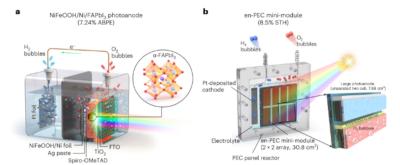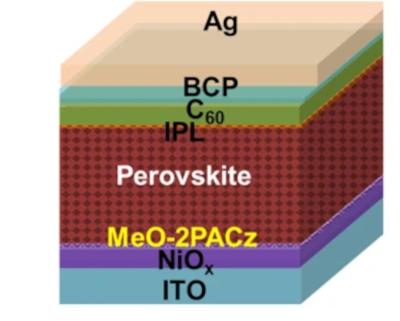Researchers develop inverted perovskite solar cell with 2D/3D heterojunctions that achieves 25.6% efficiency
An international team of researchers from King Abdullah University of Science and Technology (KAUST), Ulsan National Institute of Science and Technology (UNIST) and the Chinese Academy of Sciences have reportedly developed an inverted perovskite solar cell incorporating low-dimensional perovskite layers at the solar cell's top and bottom interfaces.
The team achieved optimal passivation in inverted perovskite solar cells by applying thin layers of low-dimensional perovskite on top of a 3D perovskite film. The resulting cell achieved an open-circuit voltage of 1.19 V, a short-circuit current density of 24.94 mA cm2, and a fill factor of 85.9%.





